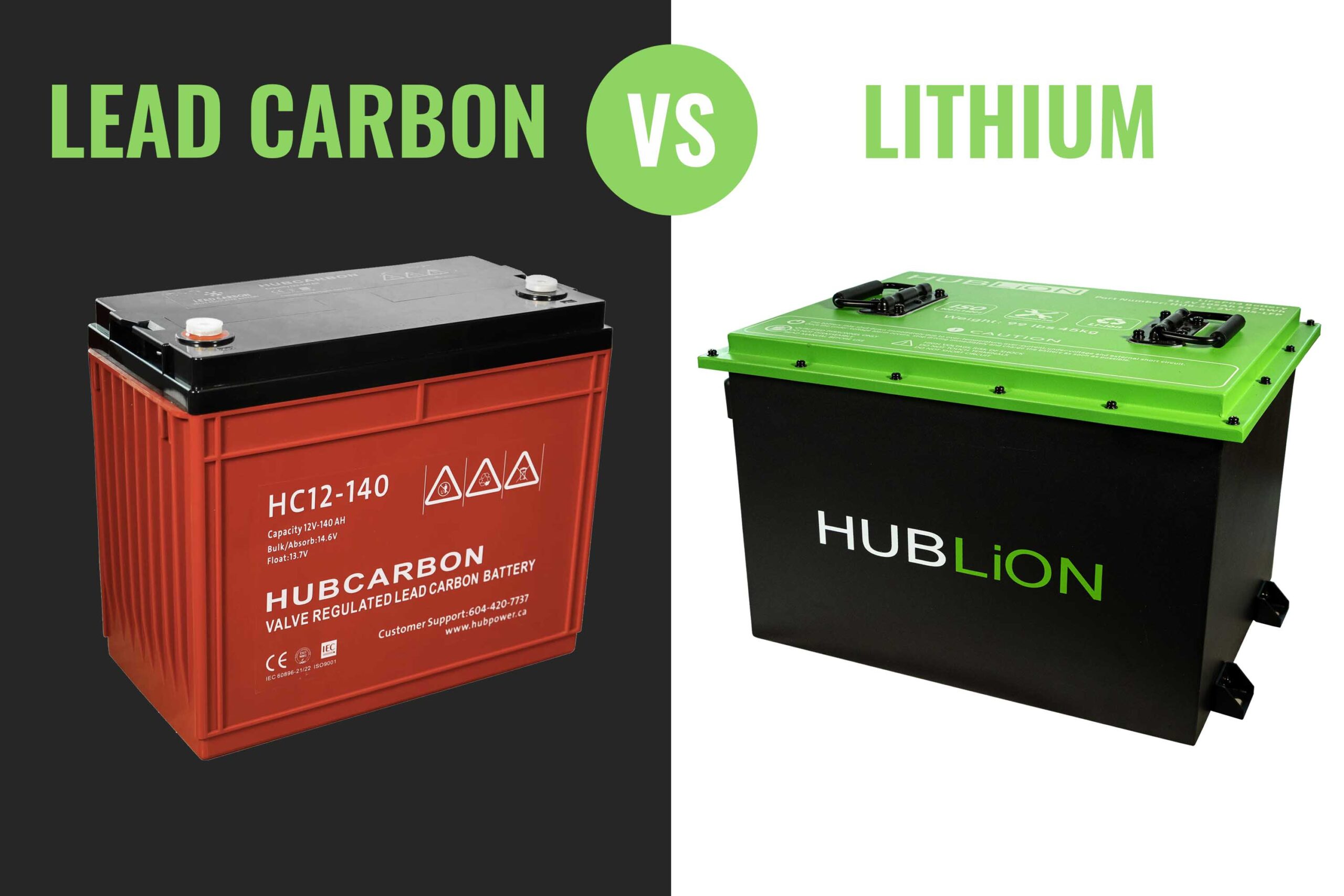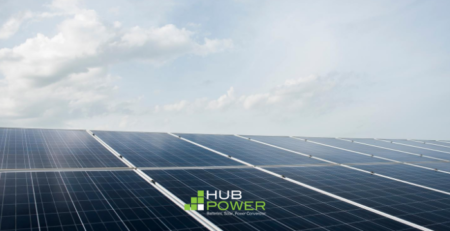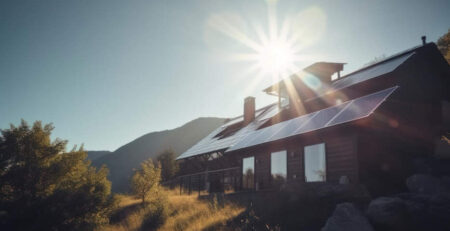Lead Carbon vs Lithium Batteries – Comparison Guide
A side-by-side look at the pros and cons of Lead Carbon and Lithium battery technologies.
| Feature / Factor | Lead Carbon Batteries | Lithium Batteries |
|---|---|---|
| Upfront Cost | ✅ Lower purchase price – more affordable entry cost | ❌ Higher initial investment |
| Cycle Life | ❌ Shorter cycle life (2,000–3,000 cycles at 50% DOD) | ✅ Longer life (3,000–6,000+ cycles at 80% DOD) |
| Partial State of Charge (PSoC) | ✅ Excellent tolerance – minimal sulfation | ⚠️ Performs well but requires precise charging |
| Charging | ❌ Lower charge currents result in slower charging time. | ✅Cells can tolerate higher charging current. Therefore, faster charging. |
| Temperature Performance | ✅ Works better in cold; can charge below 0°C | ❌ Charging below 0°C can damage cells, needs heating option |
| Safety | ✅ Non-flammable; no thermal runaway | ❌ Risk of fire/thermal runaway if mismanaged (need good quality BMS to prevent thermal runaway) |
| System Complexity | ✅ No BMS required – simpler system | ❌ Requires Battery Management System (BMS) |
| Energy Density | ❌ Heavier and bulkier per kWh | ✅ Much lighter and compact |
| Recyclability | ✅ Nearly 100% recyclable | ⚠️ Recycling options limited, still developing |
| Overcharge Tolerance | ✅ More tolerant of charging inconsistencies | ❌ Sensitive – requires precise control |
| Best Suited For | Off-grid solar, telecom, marine, RV, cold/remote backup power | EVs, residential solar, fleets, long-term storage |
Summary: Choose Lead Carbon if you want lower upfront cost, safety, recyclability, and cold-weather resilience. Choose Lithium if you prioritize long cycle life, light weight, faster charging and long-term cost efficiency.











